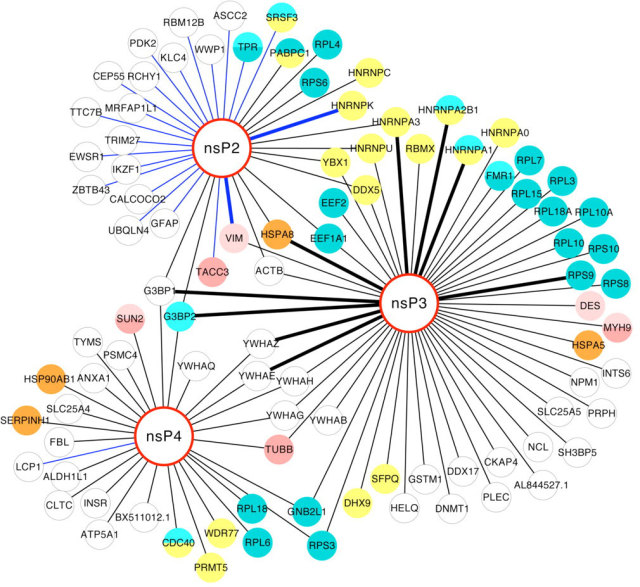
Yujie Yan, Yude Wang, Junting Wang, Li Ren, Xiaoping Dong, Chun Zhang, Yong Zeng, Shaojun Liu.Journal of the American Chemical Society 2020, 142 Reactivity-Based Probe of the Iron(II)-Dependent Interactome Identifies New Cellular Modulators of Ferroptosis. XlinkCyNET: A Cytoscape Application for Visualization of Protein Interaction Networks Based on Cross-Linking Mass Spectrometry Identifications. Integrated Screening of Effective Anti-Insomnia Fractions of Zhi-Zi-Hou-Po Decoction via Drosophila melanogaster and Network Pharmacology Analysis of the Underlying Pharmacodynamic Material and Mechanism. Yu Sun, Renyun Zhao, Runhua Liu, Tianyi Li, Shiting Ni, Hao Wu, Yijia Cao, Yuxia Qu, Tiange Yang, Chenning Zhang, Yikun Sun.

Journal of Chemical Information and Modeling 2022, 62 A Workflow of Integrated Resources to Catalyze Network Pharmacology Driven COVID-19 Research. Siramshetty, Praveen Kumar, Manideep Gurumurthy, Busola Grillo, Biju Mathew, Dimitrios Metaxatos, Mark Backus, Tim Mierzwa, Reid Simon, Ivan Grishagin, Laura Brovold, Ewy A.

stringApp is freely available from the Cytoscape app store.

Here, we introduce many of the stringApp features and show how they can be used to carry out complex network analysis and visualization tasks on a typical proteomics data set, all through the Cytoscape user interface. To include both resources in the same workflow, we created stringApp, a Cytoscape app that makes it easy to import STRING networks into Cytoscape, retains the appearance and many of the features of STRING, and integrates data from associated databases. The Cytoscape software, on the other hand, is much better suited for working with large networks and offers greater flexibility in terms of network analysis, import, and visualization of additional data. However, its web interface is mainly intended for inspection of small networks and their underlying evidence. One of the most popular sources of such networks is the STRING database, which provides protein networks for more than 2000 organisms, including both physical interactions from experimental data and functional associations from curated pathways, automatic text mining, and prediction methods. Protein networks have become a popular tool for analyzing and visualizing the often long lists of proteins or genes obtained from proteomics and other high-throughput technologies.


 0 kommentar(er)
0 kommentar(er)
